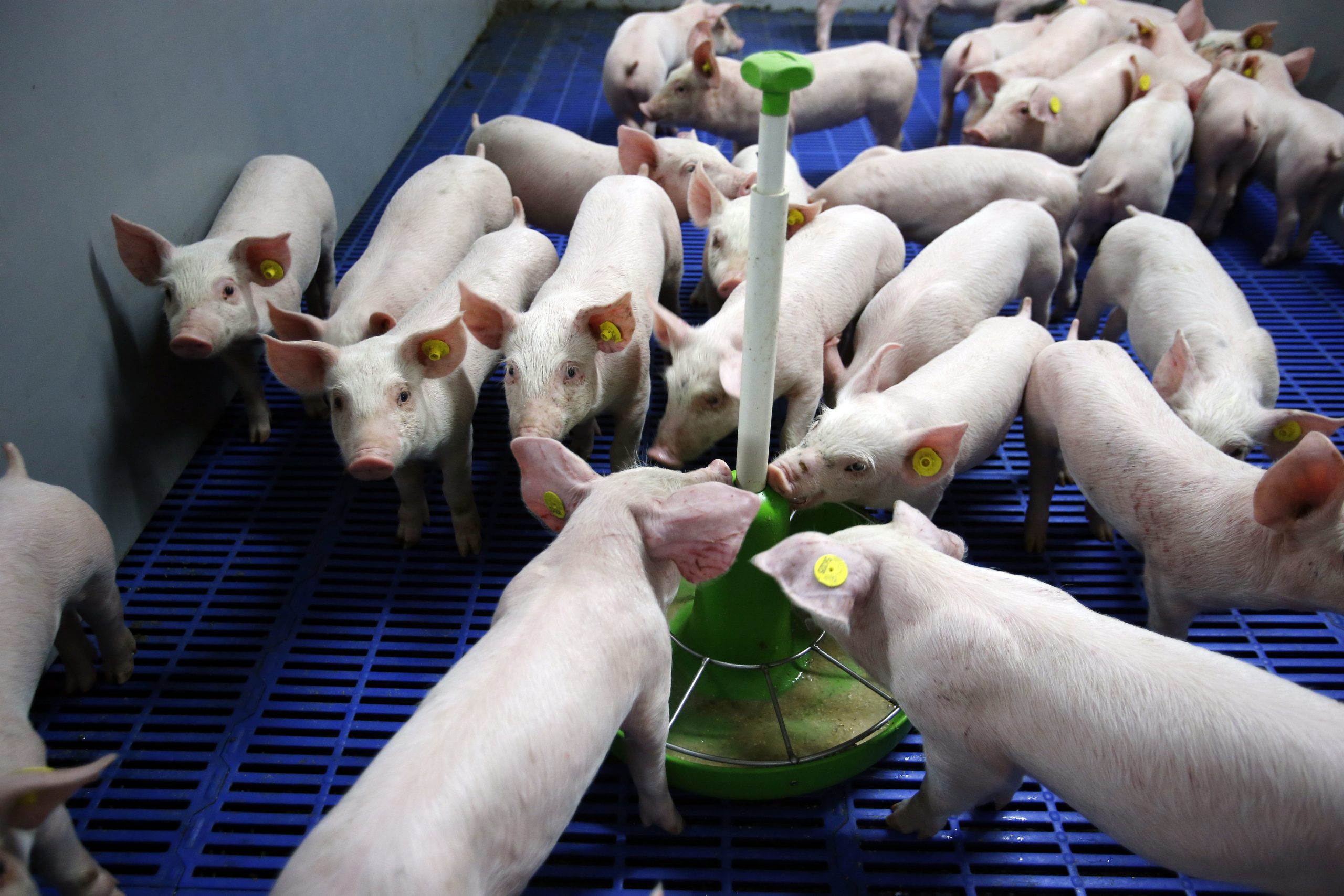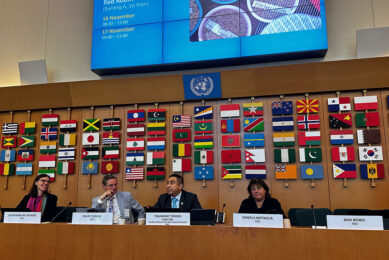“Residue streams should be better utilised”

Limit the use of land for the production of animal feed, increase residue streams for feed and increase our knowledge about animal digestion and metabolic processes. All of this will help in feeding the growing world population.
This was stated by Professor Walter Gerrits at his inaugural address to mark his appointment to the personal chair in Animal Nutrition at Wageningen University & Research in the Netherlands.
In his speech, he explained that the competition for the use of land for the production of nutrients as either animal feed or human food rises in parallel with the increased production of animal protein. At present, approximately one-third of worldwide grain production is used as feed for animals, which are then eaten by humans. According to Walter Gerrits, the most important challenge is therefore to limit the use of land for the production of animal feed – and ultimately animal protein – which could have been otherwise used to produce food for humans. This can be done in roughly 2 ways:
- by making maximum use of waste streams and
- by utilising nutrients destined for animal feed even more efficiently.
Use of residue streams
A way to limit the area of land used for animal protein production is by making maximum use of residue streams as feed for animals, such as by-products from the food industry and energy production. In addition, new residue streams will become available in the future. The animal feed sector in the Netherlands for example is taking a leading role in these developments, but making accurate estimates of the nutrient value of new waste streams requires research. Some residue streams, such as slaughterhouse waste (offal) and food waste, cannot be used as animal feed under current legislation. According to estimates of the FAO from 2011, one-third of worldwide food production is lost between harvest and sale, or is sold and discarded after preparation. This is a substantial residue stream that is now primarily used for the production of bioenergy. “Knowledge about how residue streams can be utilised as efficiently as possible by animals and how to deal with the great variation in residue streams is therefore of great importance,” said Walter Gerrits.
Nutrient efficiency
Walter Gerrits also explained that by improving nutrient efficiency (the efficiency with which nutrients are converted into animal growth) the area of land needed to produce animal protein can be limited. At Wageningen University, Gerrits studies the digestion and metabolic processes in growing animals: how nutrients move through the gastrointestinal tract and how they are taken up in the bloodstream. Efficiency can be improved by aligning the nutrition of animals with their genetic potential. “In the future, we can continue to improve the alignment of the supply of nutrients with the needs of the animal. This can be done by recording more data about animals during growth. Measures to improve animal welfare and further reduce the use of antibiotics also have consequences for nutrient efficiency. Knowledge about the consequences of these developments for nutrient efficiency is therefore important to minimise the ‘feed – food’ competition, now and in the future,” Gerrits concluded.
[Source: Wageningen UR]
Join 26,000+ subscribers
Subscribe to our newsletter to stay updated about all the need-to-know content in the feed sector, three times a week. Beheer
Beheer









 WP Admin
WP Admin  Bewerk bericht
Bewerk bericht